Jim Bailey on Rock Tree Sky and Experiential Education
Key Points
-
We must keep curiosity alive.
-
Learning is an active process and kids need to be involved.
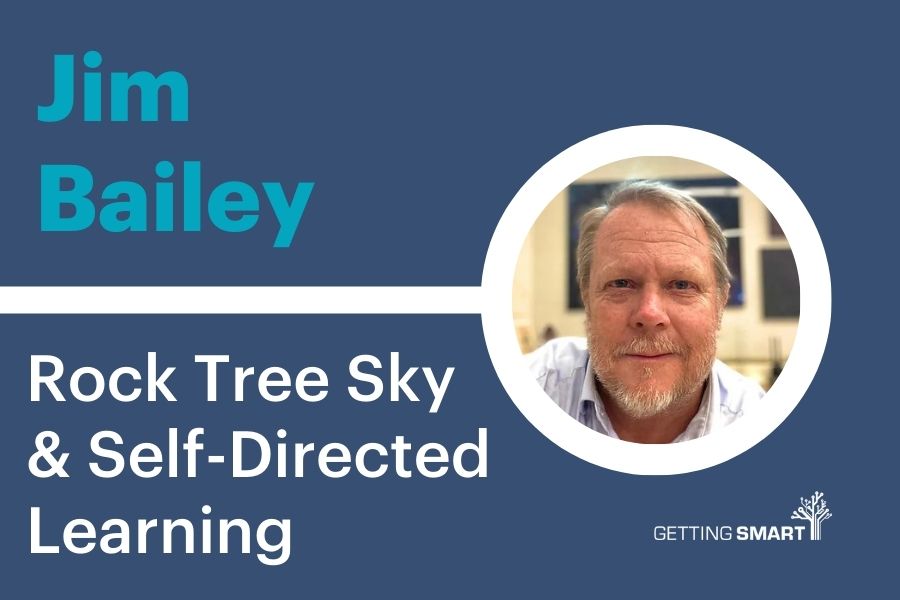
This episode of the Getting Smart Podcast is a part of our New Pathways campaign. In partnership with American Student Assistance® (ASA), the Bill & Melinda Gates Foundation, Stand Together and the Walton Foundation, the New Pathways campaign will question education’s status quo and propose new methods of giving students a chance to experience success in what’s next.
On this episode of the Getting Smart Podcast, New Pathways Senior Fellow Trace Pickering is joined by Jim Bailey, Director and Co-founder of Rock Tree Sky, a self-directed learning center in Ojai, California. Rock Tree Sky provides learner-centered, experiential education space where learners and mentors are supported to follow their unique learning journey. Rock Tree Sky cultivates an inclusive learning community with a goal of developing the whole self through learning in relationship with others.
Curiosity is driven by freedom and novelty.
Jim Bailey
Links:
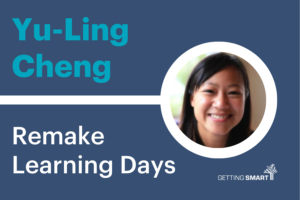
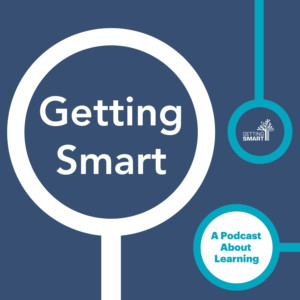
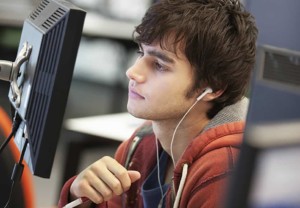


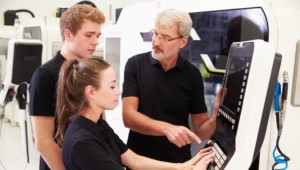
0 Comments
Leave a Comment
Your email address will not be published. All fields are required.